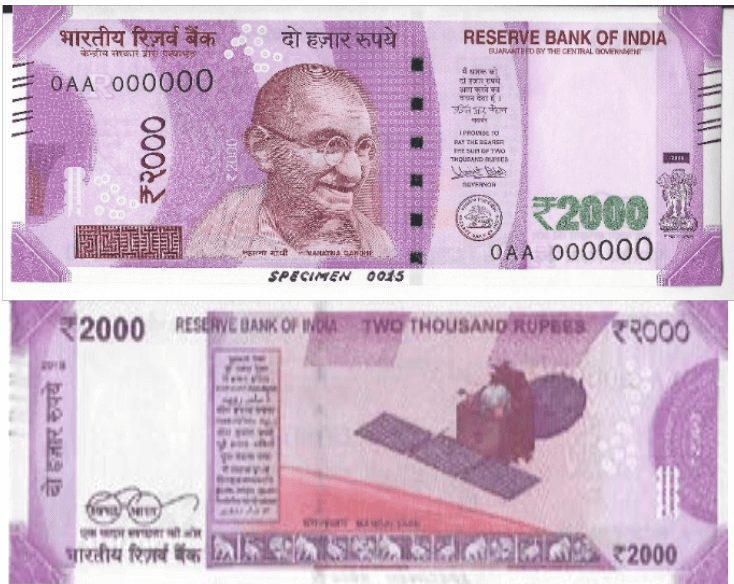People all over India and abroad expected surprise announcements in PM’s speech on New Year’s Eve. They glued to the seats in front of their TV screens like never before. But the speech, surprised many by not having any surprise announcements. Or is it so? Here is my take on what to read between the lines from PM’s speech.
According to PM’s speech, three crore Kisan Credit Cards are going to be converted to RuPay debit cards by end of the quarter. These cards are traditionally used to withdraw money from banks and now will be evolved as debit cards. This means
- Farmers would be made to purchase essentials like seeds and fertilizers using trackable transactions on these cards. The cash withdrawal nature of the schemes and cards would slowly cease to exist.
- So the expenses of farmers (more importantly, the income of vendors) would go both cashless and trackable.
PM announced interest subvention of 4 percent and 3 percent for housing loans taken in 2017 upto 9 lakhs and 12 lakhs respectively.
- This will help banks push their cash and deposits surplus to loans that are large in volumes and small in magnitude. That means more and more middle class and lower middle class people are going to opt for housing loans.
- If and when these loans and subventions are linked to tax filing, more and more people come under tax net.
- This also has potential to create more business in the housing market (in the short run, i.e. 2017) for middle class and lower middle class. It offsets any potential shortfall in the real estate market (specifically housing market) post notes ban. Given PM’s public statements earlier this month regarding Benami lands, I think there might be some hard decisions that give setbacks in agricultural land markets and the government is trying to offset that in housing market.
PM’s speech almost conceded that there are going to be simultaneous elections in the country. Assuming that there would be a push towards Parliament and Assembly elections in the country to be held simultaneously, it needs significant changes in constitution and the role of Election Commission. I think the PM started his pre-work (of getting people mentally ready for simultaneous elections) with this speech. Rest of the work is purely procedural.
PM’s speech also gives a hint towards “holier than thou” approach needed by political parties.
- That seems like a hint towards an inevitable curb or restrictions on cash based donations accepted by political parties.
Income from turnover of businesses (with upto 2 crores of turnover) will be calculated as 6% as opposed to earlier 8%, provided the transactions are digital. Effectively, that means a potential 25% tax reduction if the businesses are doing their transactions in digital mode. This is one more push to go digital in their transactions.
The underwriting for small businesses is increased from one crore to two crores, while extending the coverage to loans given by NBFCs also. Not sure how much impact it would immediately have, but I think it might attract small businesses to go for higher loans, garner higher revenues and pay higher taxes. However, the discretion used by NBFCs might not match what the normal banks would do while evaluating a businesses loan potential. So we may have interesting scenarios unfolding in this sector.
Increase in working capital loans from 20% to 30% is another way to push the surplus cash and deposits with banks back into the market.
In a nutshell, here are the key points I do read from the speech.
- Create more avenues to push surplus cash with banks back into the market.
- While doing so, ensure that the cash is pushed to trackable
investmentsdisburses like loans and agricultural spending. - Push for more and more digital payments at all levels. “You get more sops if your transactions are more digital.”
- Bring more people into tax net, by encouraging them to do businesses at a larger scale with an increase in their capital and loans.
- Start measures to offset the impact of future hard decisions in real estate markets
- Give a hint about potential axe on the current leeway enjoyed by political parties
- Give a hint about election reforms on the horizon
So, no surprises? That is a platform being set for future surprises.









